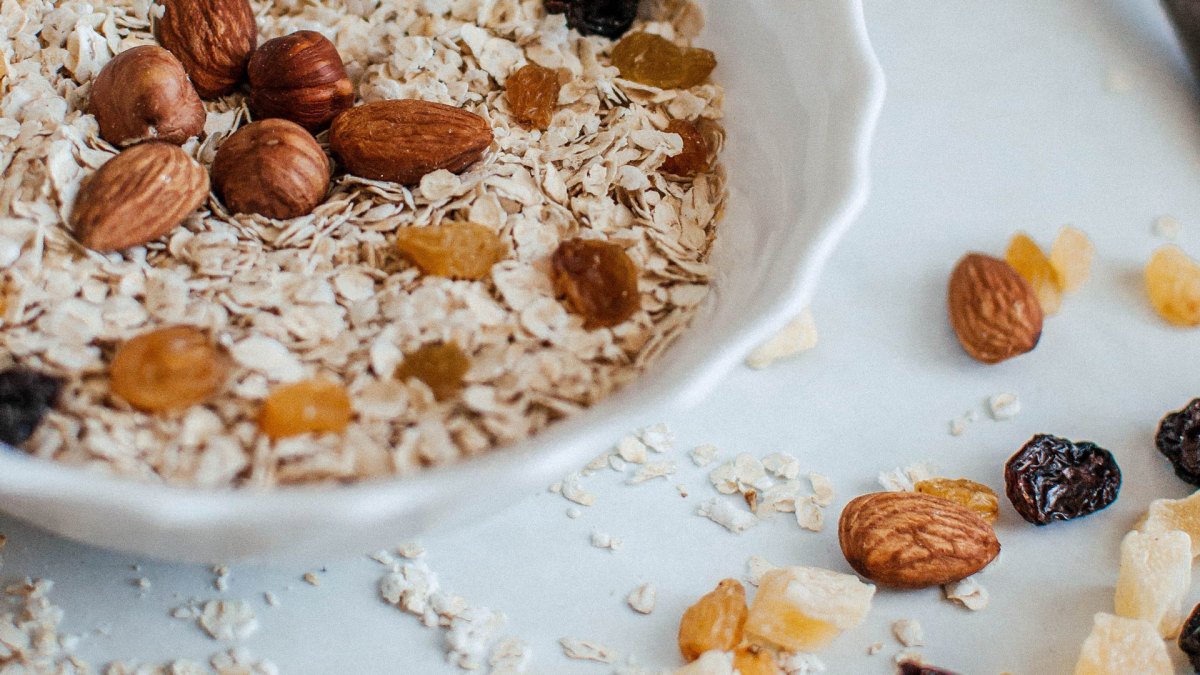Wellness Routines Can Improve Your Health
Wellness routines are essential for improving overall health by addressing both mental and physical well-being. These routines, when incorporated into daily life, can lead to long-term benefits, helping to manage stress, improve mood, boost energy levels, and enhance physical fitness. In this article, we’ll explore the importance of wellness routines, how they contribute to mental and physical health, and how you can create one for yourself.
1. The Connection Between Mental and Physical Health
Mental and physical health are closely interconnected. When one suffers, the other often follows. For example, chronic stress or anxiety can manifest physically as muscle tension, headaches, or digestive issues. Similarly, poor physical health can contribute to feelings of sadness, irritability, or anxiety. A balanced wellness routine can help break this cycle, improving both areas simultaneously.
Benefits of a Balanced Routine:
- Stress Reduction: Regular physical activity, such as walking or yoga, helps to lower cortisol levels (the stress hormone) and release endorphins, which promote feelings of happiness and relaxation.
- Improved Sleep: A good wellness routine incorporates elements like relaxation exercises or physical activity that encourage better sleep. Proper sleep is essential for emotional regulation and physical recovery.
- Better Mood and Energy: Incorporating mental wellness practices like meditation or gratitude journaling into your routine can enhance your mood and boost energy levels, while regular exercise improves circulation, stamina, and strength.
2. How Wellness Routines Benefit Mental Health
A mental wellness routine focuses on maintaining emotional balance, reducing stress, and enhancing cognitive function. Practices that support mental health can be easily integrated into daily life to reduce anxiety, improve focus, and promote overall well-being.
Key Practices for Mental Wellness:
- Mindfulness and Meditation: These practices allow you to stay present, reduce negative thoughts, and improve emotional regulation. Studies show that regular mindfulness can reduce anxiety and depression while increasing feelings of calm and clarity.
- Deep Breathing Exercises: Techniques like diaphragmatic breathing help reduce stress and lower heart rate, promoting a sense of relaxation and focus.
- Journaling: Writing down thoughts, feelings, or reflections can be therapeutic, helping you process emotions and manage anxiety.
- Social Connections: Spending time with loved ones or joining supportive communities can help maintain a positive outlook and reduce feelings of isolation.
3. How Wellness Routines Benefit Physical Health
Physical wellness is crucial for maintaining strength, flexibility, and overall health. A well-rounded routine includes regular physical activity, proper nutrition, hydration, and sufficient rest—all of which support physical well-being.
Key Practices for Physical Wellness:
- Exercise: Physical activity strengthens muscles, improves cardiovascular health, and boosts energy. Activities like walking, running, strength training, and yoga enhance flexibility, improve bone density, and promote overall fitness.
- Nutrition: Eating a balanced diet rich in whole foods such as fruits, vegetables, lean proteins, and whole grains provides the body with the nutrients it needs to function properly. Proper nutrition supports immune health, boosts metabolism, and contributes to physical vitality.
- Hydration: Drinking enough water helps maintain fluid balance, regulate body temperature, and support digestion. Hydration is also vital for skin health, muscle function, and energy levels.
- Rest and Recovery: Sufficient sleep and rest days are integral to a wellness routine, allowing the body to repair muscles, restore energy, and support mental clarity.
4. Creating Your Own Wellness Routine
Creating a wellness routine tailored to your needs can have lasting benefits for both your physical and mental health. Here’s how you can design a balanced routine:
Steps to Build a Balanced Wellness Routine:
- Assess Your Current Habits: Take stock of your current lifestyle and identify areas where you could improve. Consider your physical activity, sleep habits, eating patterns, and stress levels.
- Set Realistic Goals: Establish achievable goals that are specific, measurable, and time-bound. For example, aim for 30 minutes of exercise a day or practice mindfulness for 10 minutes every morning.
- Incorporate Different Wellness Practices: A balanced routine should include physical activity, mental wellness exercises, proper nutrition, hydration, and rest. Find a mix of activities that work for you.
- Be Consistent: Consistency is key to seeing improvements. Make your wellness routine a habit by incorporating it into your daily schedule.
- Adapt and Adjust: Life changes, and so should your routine. Adjust your wellness plan to fit your evolving needs, whether that means changing the type of exercise you do or introducing new mindfulness practices.

5. Staying Motivated and Committed to Your Wellness Routine
Maintaining a wellness routine over time can be challenging, but it’s important to stay motivated. Here are some tips to help you stay on track:
Tips for Staying Committed:
- Start Small: Begin with small, manageable changes and gradually increase your routine as you get more comfortable.
- Track Your Progress: Use a journal or an app to track your habits and see how far you’ve come. Celebrate milestones along the way.
- Make It Enjoyable: Choose activities that you enjoy. Whether it’s hiking, dancing, or cooking healthy meals, incorporating fun elements makes it easier to stick to your routine.
- Find Accountability: Share your wellness goals with a friend, family member, or online community. Accountability can help keep you on track and motivated.
- Be Kind to Yourself: If you miss a workout or make an unhealthy food choice, don’t be discouraged. Wellness is a long-term journey, and every small step counts.
6. The Long-Term Benefits of a Wellness Routine
By committing to a wellness routine, you can experience profound benefits that will last over time. These include:
- Improved Mental Resilience: A regular routine helps you manage stress more effectively and builds mental toughness.
- Enhanced Physical Health: Long-term physical benefits of a wellness routine include improved cardiovascular health, better immune function, increased strength, and enhanced flexibility.
- Better Quality of Life: A balanced wellness routine leads to increased energy, better mood, higher productivity, and a greater sense of overall well-being.
- Prevention of Chronic Conditions: Regular exercise, a healthy diet, and mindfulness practices can help reduce the risk of chronic conditions such as heart disease, diabetes, and mental health disorders.
Conclusion
Incorporating a wellness routine into your daily life can significantly improve both your mental and physical health. By combining practices such as exercise, mindfulness, nutrition, and proper rest, you create a foundation for long-term health and well-being. Start small, be consistent, and enjoy the journey toward a healthier, more balanced life.



